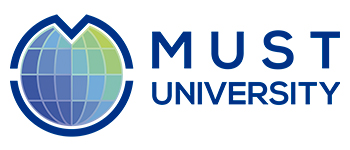According to the Census of Higher Education, distance learning increased by 428% in the last 10 years
For the first time in history, distance graduation courses in Brazil received more new students than face-to-face ones . This is what the 2020 Higher Education Census, released in February 2022 by the National Institute of Educational Studies and Research Anísio Teixeira (Inep). According to the study, of the 3.7 million entering higher education in 2020, 53.4% chose distance learning, while 46.6% opted for on-site courses.
It is a fact that Covid-19 contributed to the increased interest in distance learning, especially in 2020, but the Census itself shows that this is a trend observed even before the pandemic. According to the division linked to the Ministry of Education, the rate of new distance learning students increased by 428.2% in the last 10 years.
With the expansion of remote learning, those who gained space were edtechs – startups that work with education and technology. According to a study released in 2021 by Mapping Edtech, developed by the Brazilian Association of Startups (Abstartups) in partnership with the Innovation Center for Brazilian Education (CIEB), Brazil has about 566 active education startups, 26% higher than previously recorded in 2019.
While several sectors of the economy were severely impacted by the pandemic, 64% of startups focused on education and technology maintained or increased revenue in 2020; 89% did not make payroll cuts and 40% increased headcount.
Search for continuing education grows
The demand for postgraduate and master’s courses grew by 4.8% in 2021. This information is the result of an analysis carried out by The Semesp Institute, an entity that represents the country’s higher education providers, which points out that the number of enrolled students in graduate courses was 1.3 million.
For Antonio Carbonari, educator and founder of MUST University – a Brazilian university founded in Florida, USA, with a focus on distance masters, the growth in specialization courses is due, above all, to the context of the pandemic and social isolation, which directly contributed when searching for online courses. “Between 2020 and 2021, colleges could not work in person, having to adapt in a short time to remote teaching. The companies that invested in distance learning were able to supply a great volume of demands”, he states.
According to the Semesp study, the category of masters and doctorates grew 18.1% in the last year, with 441,000 enrollments. Between 2019 and 2020, the category suffered a reduction of 1.7%. “Remote teaching has taken on a relevant role in the educational context. In this scenario, the teacher had to reinvent themselves to guarantee satisfactory student performance and, to consolidate himself in the market, the teaching professional needs to modernize and know how to take advantage of the available technologies and mainly recognize that they are no longer the only agents in the learning process”, highlights Carbonari, who was also an adviser to the National Education Counselor (CNE) between 2016 and 2020.
Graduated in Pedagogy, Tauana Chíxaro Lima decided to work with distance learning and in order to deal with the new challenges of such a profession, she sought improvement through a master’s degree. As a student on the Emerging Technologies in Education course at MUST University, she says that a master’s degree has always interested her, but she didn’t see many possibilities to achieve it because all the institutions she knew required her physical presence. “For me, distance learning symbolizes the democratization of education, not to mention the professional exchanges that online events and seminars provide”, she reveals.
Website:https://mustedu.com/




